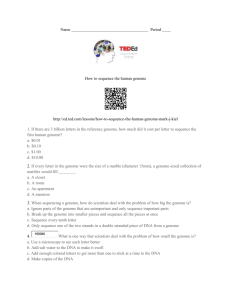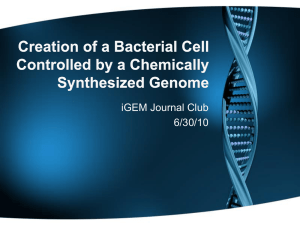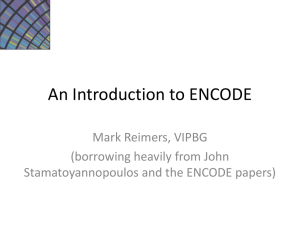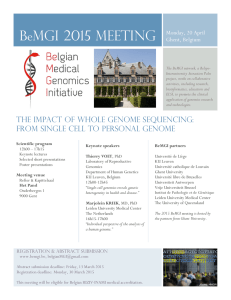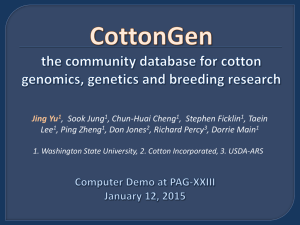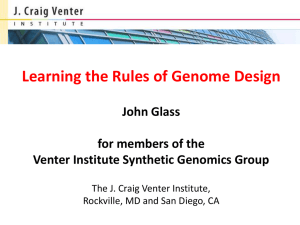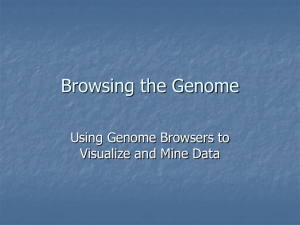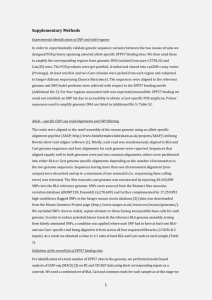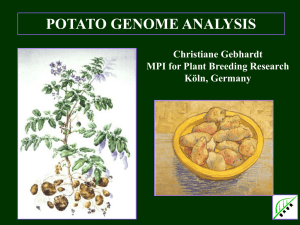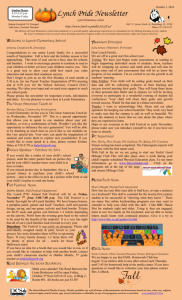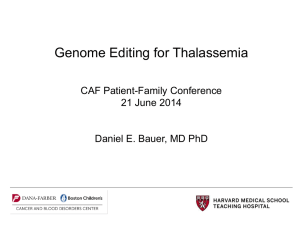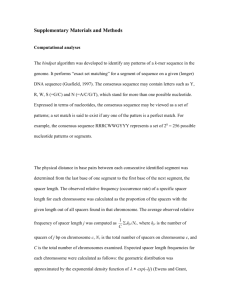Genome size and Complexity
advertisement
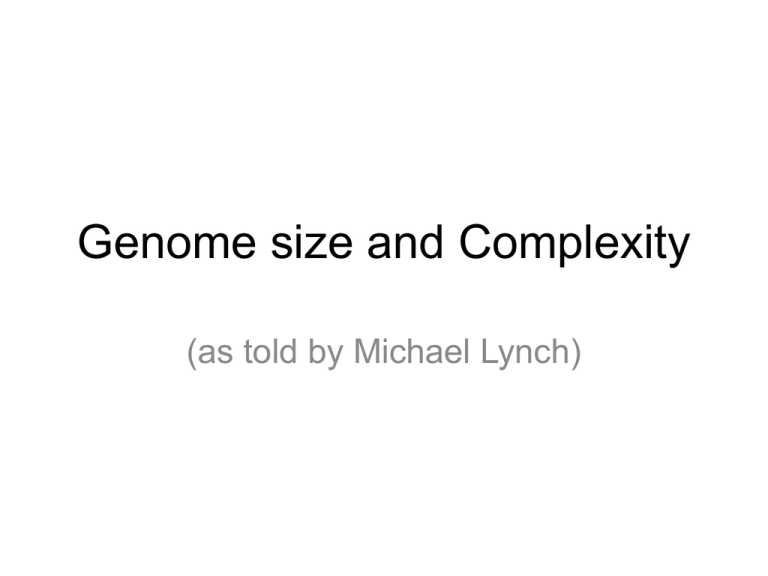
Genome size and Complexity (as told by Michael Lynch) Genome size and complexity varies across the tree of life Lynch 2007 Some Big Questions • What is the relationship between genomic and organismal size/complexity? • Are genome size changes adaptive, or passively acquired? • How do these changes occur mechanistically? • How do study all this? Proximal mechanisms of genomic expansion/contraction • • • • Mobile element proliferation Segmental duplications Strand slippage DS DNA breaks – Insertion propagation (biased gene conversion) – Microdeletions (nonhomologous end repair) • Unequal crossing over • Illegitimate recombination • Selection for or against such modifications Explaining variation in genome size • Adaptive, neutral, deleterious • • • • • Selfish DNA hypothesis Bulk DNA hypothesis Metabolic cost of DNA Petrov neutral hypothesis Mutation Hazard Hypothesis Lynch and Conery 2003: “Mutation Hazard” Hypothesis 1 2 3 4 • Body size / complexity increase • Reduced Ne • Reduced efficacy of selection • Non-coding DNA proliferates • duplicate genes retained Increases in genome size and complexity are a drift-driven consequence of reducing efficacy of selection Neu scales inversely with genome size Lynch and Conery 2003 Half life of duplicate genes greater in larger genomes Lynch and Conery 2003 Intron number and size greater in larger genomes Threshold effect Lynch and Conery 2003 TE size/number scales with genome size; threshold effect Whitney and Garland, 2010 Whitney and Garland, 2010 Whitney and Garland, 2010 Conclusion: no mechanistic connection between Ne and genome complexity Subtext: Adaptive processes account for variations in genome size? Lynch 2011 rebuttal • Neu has no shared evolutionary history – Comparative methods inappropriate • Topology and branch lengths of phylogeny is suspect • Threshold effect is most important prediction of MH; not addressed in W&G • OLS is unbiased Whitney et al. counterpoints • Significant phylogenetic signal (K) for all traits examined (genome size, etc) • Life history and other factors underlying Neu can and do have phylogenetic signal • Consistent results with different phylogenies • Too few data to conduct threshold tests • OLS clearly biased
